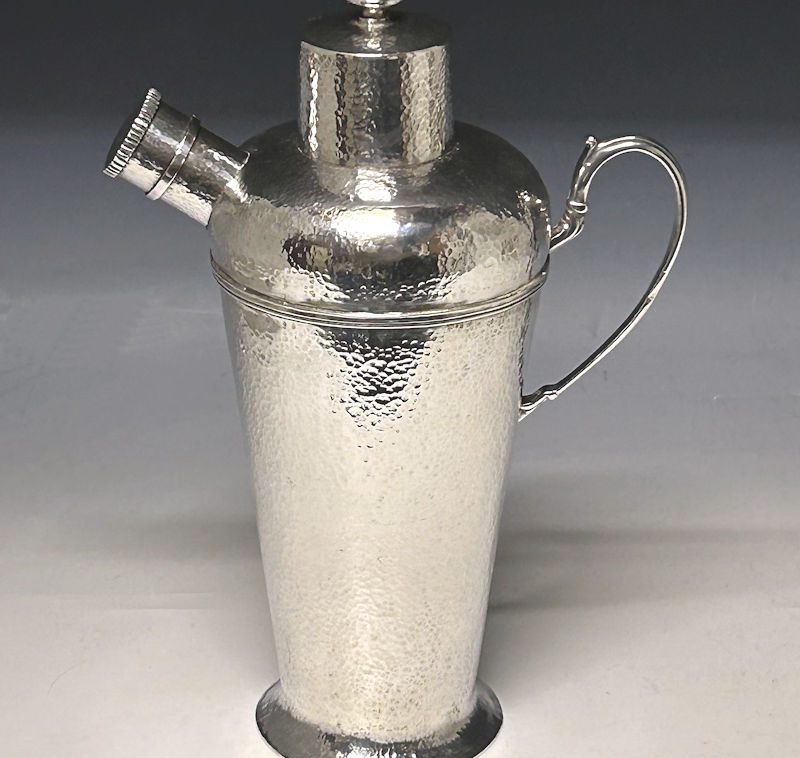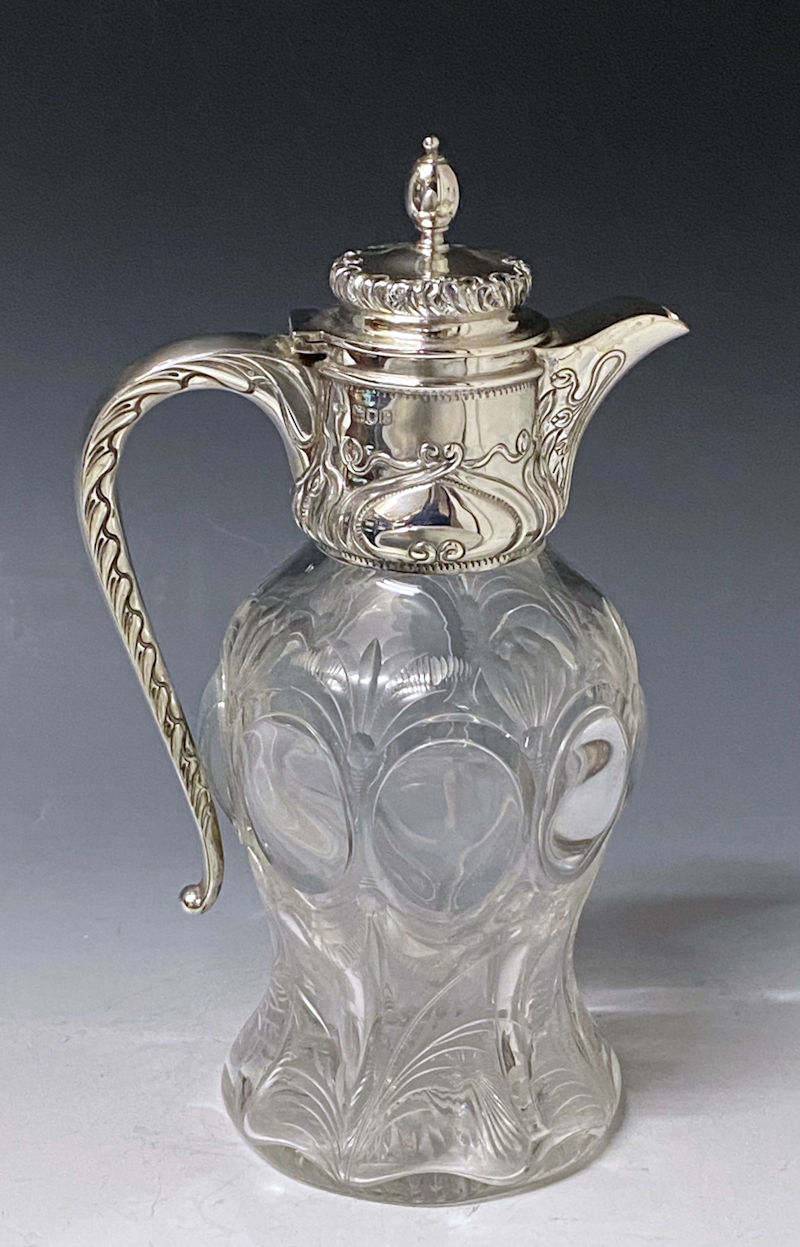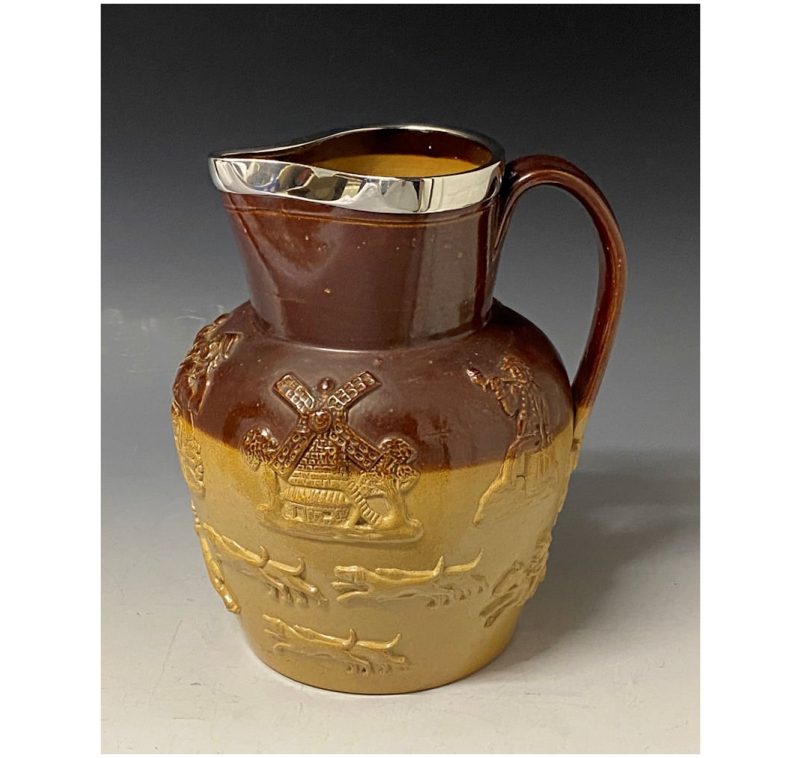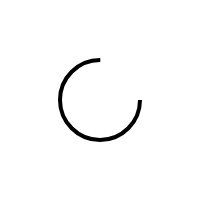-
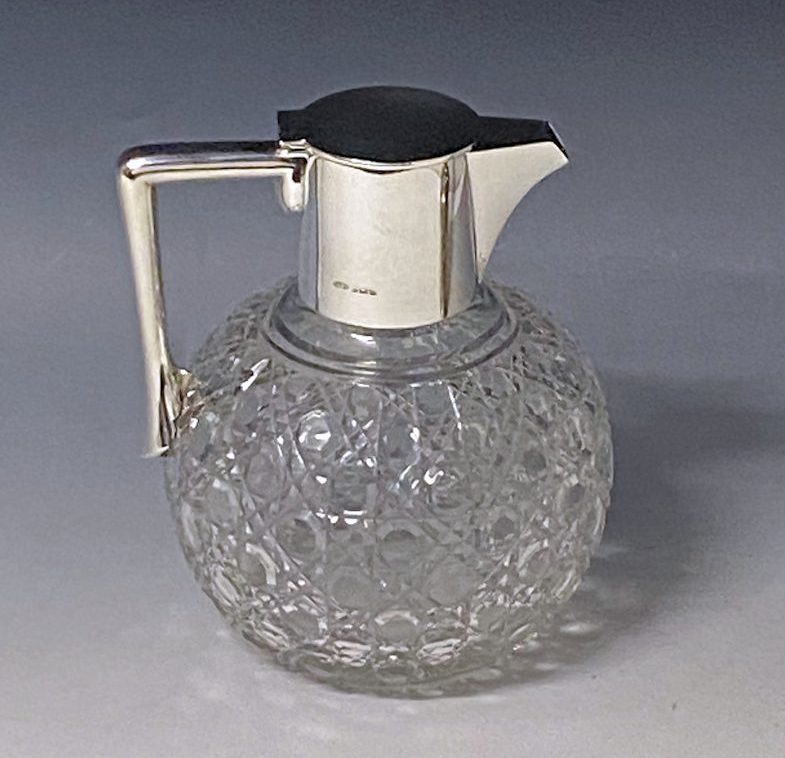
Antique Silver George V Claret Jug made in 1911
£785ENQUIRE ABOUT THIS PIECEW64x2Date:1911Maker: John Grinsell & Sons£785 -
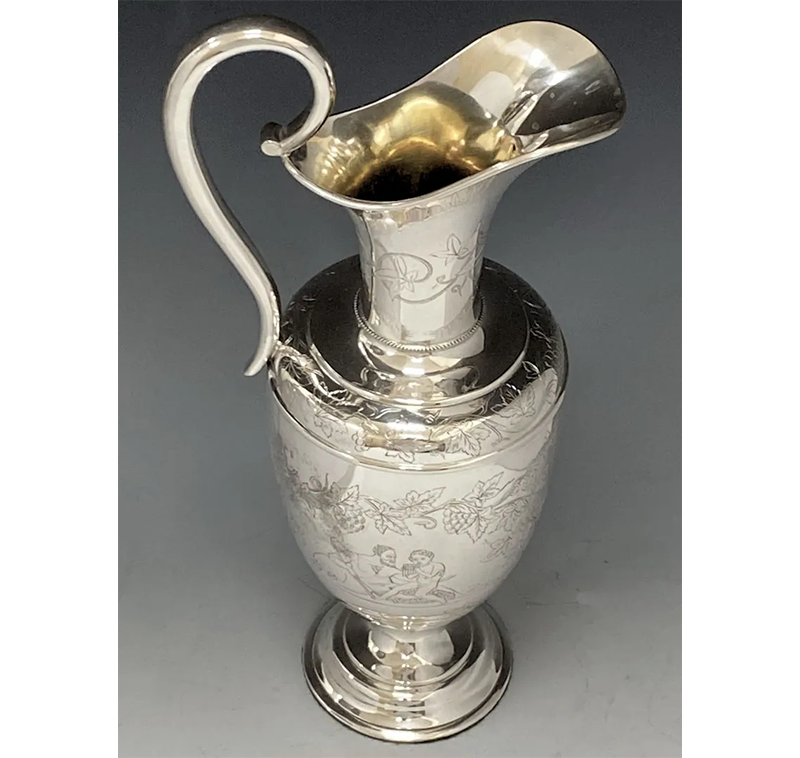
Danish Silver Wine Jug made in 1892
£1,800ENQUIRE ABOUT THIS PIECEW179x27Date:1892Maker: Simon Groth£1,800 -
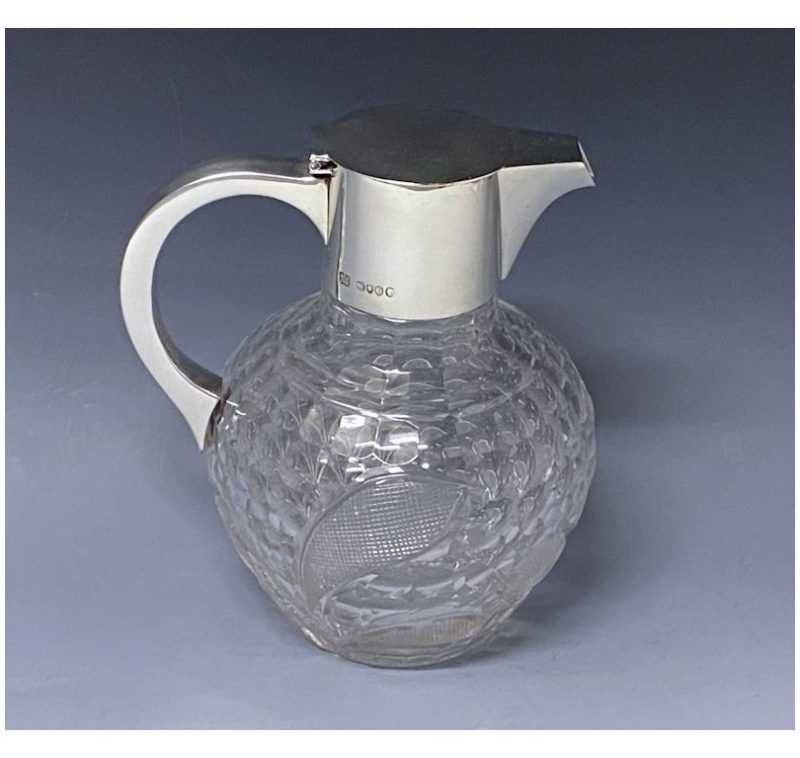
Antique Silver Victorian Claret Jug made in 1889
£1,100ENQUIRE ABOUT THIS PIECEW174x31Date:1889Maker: Heath & Middleton£1,100 -
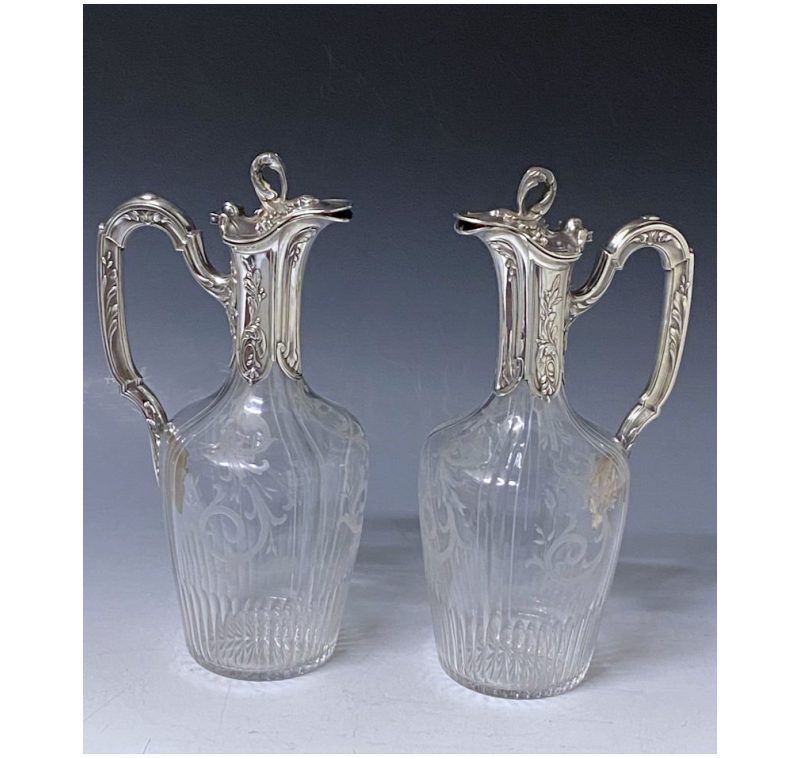
Pair of Edwardian Antique Silver French Claret Jugs made in c.1905
£3,800ENQUIRE ABOUT THIS PIECEW171x13Date:1905Maker: Risler & Carre£3,800 -
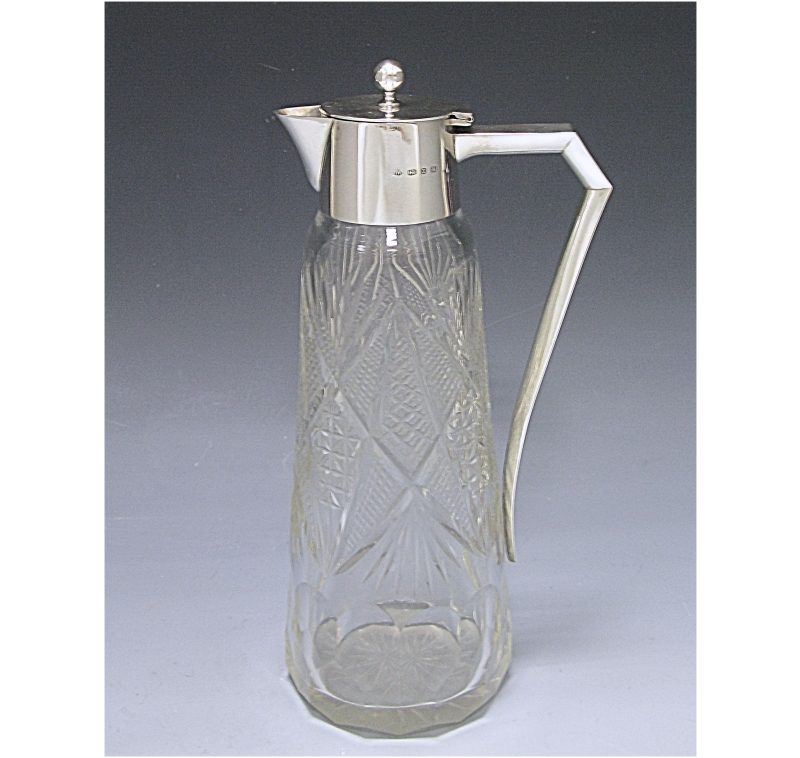
Antique Silver & Glass Victorian Claret Jug made in 1897
£885ENQUIRE ABOUT THIS PIECESA242x44Date:1897Maker: J Wilmot£885 -
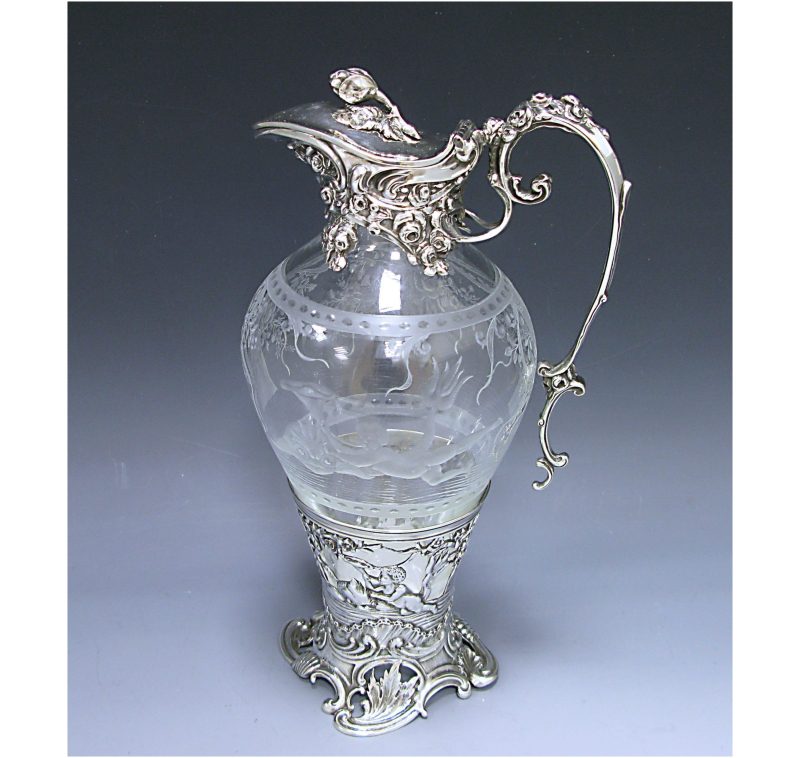
Silver Edwardian Mounted Claret Jug made in 1903
£6,900ENQUIRE ABOUT THIS PIECEW177x33Date:1903Maker: William Comyns£6,900 -
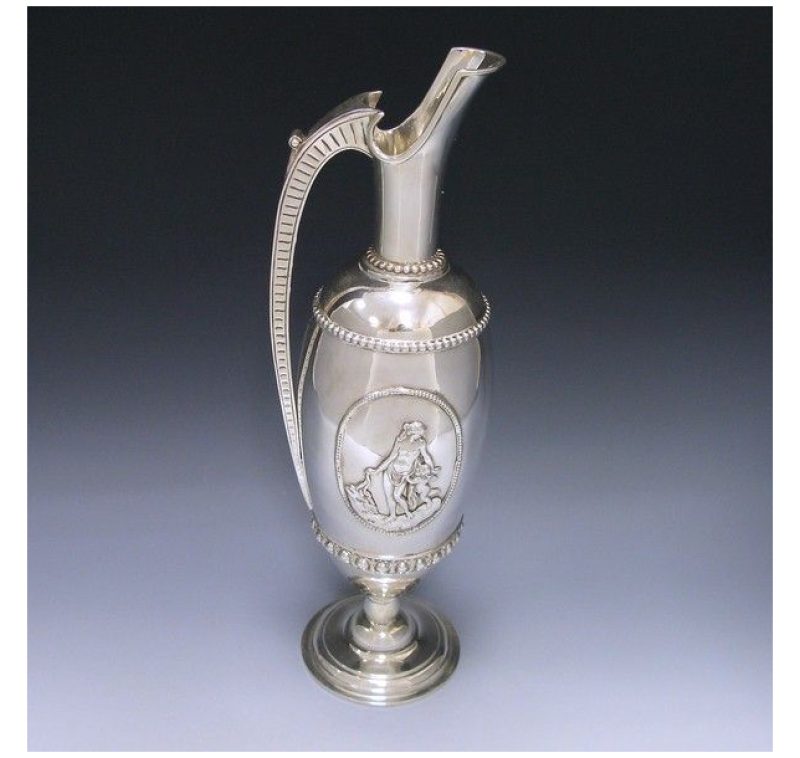
Antique Silver Victorian Wine Jug made in 1875
£2,200ENQUIRE ABOUT THIS PIECEM143x23Date:1875Maker: Stephen Smith£2,200
[gtranslate]





